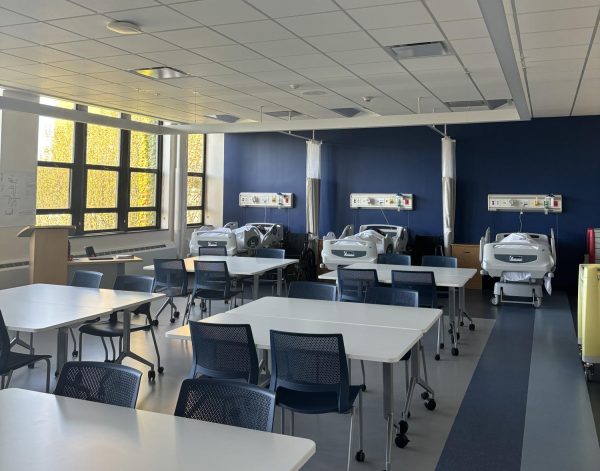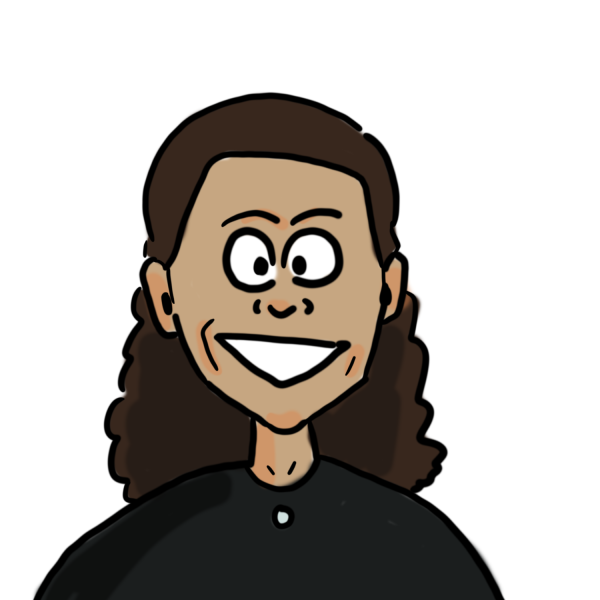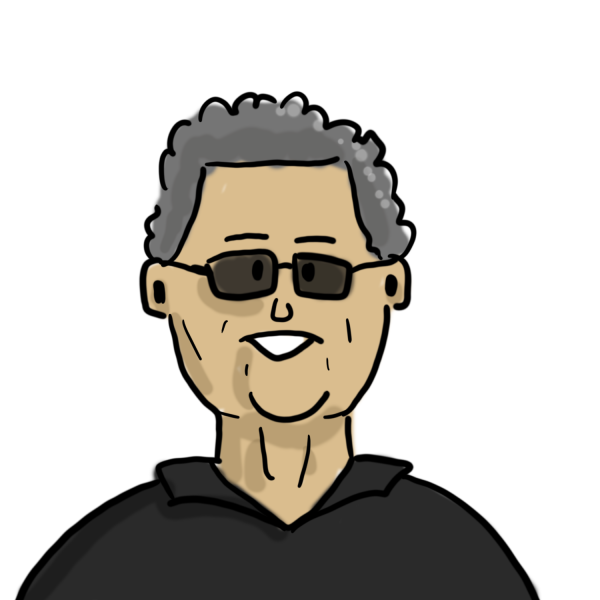A new look at education: how a pilot program between ETHS and Northwestern is redefining educational justice
January 31, 2020
For the last couple of Mondays, when the final bell rings early at 2:09 p.m., while the rest of ETHS is dismissed from school, 26 ETHS students wait for their 3:30 pm bus. The bus that they board will be headed east towards Northwestern University, where they will participate in a newly-founded program called Community Based Research and Educational Justice, a joint class between ETHS students and Northwestern undergraduates.
This program, spearheaded by ETHS teachers Corey Winchester and TaRhonda Woods as well as Northwestern professors Megan Bang and Shirin Vossoughi, focuses on the idea of educational equity—the idea that any individual can pursue a just and fair education regardless of personal or social circumstances such as race or gender. Additionally, the program seeks to facilitate a different look at education, one that champions critical thinking, educational justice and individual expression among other things.
According to Bang, the primary goal of the program is to “introduce young people to think critically about what is the purpose of education and what educational justice would be” as well as “to understand why education continues to be a source of deep inequality but also a source of potential justness and equity.”
For Woods, this class is a necessity in understanding new ways to transform education in our contemporary era.
“When you start to think about the differences between education, school and learning, we have kind of combined them as one,” said Woods. “To expose what is actually happening in the education system, in a way where it’s being used to catalyze this transformative process of…giving voice to students who normally don’t have space in the education system…I think it’s very important to break outside of institutional barriers, and create a space that drops seeds to grow these gardens of change.”
The program, which incorporates a foundation of inclusion and equity, encourages healthy student engagement and participation.
“Everyone is so ready to be in this space and engage with the content,” said junior Dalia Davidson.
One of the program’s most remarkable aspects is that it doesn’t function like a standard course would in an average school setting. Instead of putting an emphasis on knowledge and memorization, there is a greater emphasis on being aware of one’s own thoughts and ideas as well as understanding how to implement these ideas into everyday life.
“We’re challenging the ideology of our current sysrems and how education should be approached,” sophomore Nimkii Curley said.
Additionally, the program, which only meets on Mondays after school, doesn’t follow a prescribed order and curriculum for each session.
“The primary activities and goals of each setting is relationship and community building with each other,” says Vossoughi, “We’re trying to offer an extensive experience of reading and writing for everybody.”
An example of this can be seen in an activity led by Winchester called “Knee to Knee.” During this activity, students sit across from each other, knees touching, and practice deep listening exercises, exercises with the intention of enhancing the understanding of the texts they read. This relates directly to another facet of the program which comes in the form of think pieces, a way for students to reflect on texts or conversations that occurred during the session.
Activities like these serve to assert the purpose of the program as a whole, specifically as it relates to educational justice and reform. This look at education attempts to find a just academic experience for students of all backgrounds and identities through various mediums of self reflection.
“[We’re] trying to humanize the practice and have young people feel what it’s like to be their authentic self in a learning environment,” Bang says.
According to Winchester, this program is one step towards creating an educational space that is more authentic to how students learn.
“If you think about our family structures, we learn from our elders, we learn from our cousins, we learn from all different people in our families to help us understand the world, and we want to move toward that,” said Winchester.
Notably, several of the program’s facilitators are using this program as a pilot to fostering stronger relationships between ETHS and Northwestern’s educational spaces.
“We are trying to learn from this pilot about what works well for bringing high school and college students together to learn side by side,” Vossoughi said.
In addition to that, the fact that this program is shared by both ETHS and Northwestern students allows for a more symbiotic relationship between the two institutions where both sets of students are benefitting from the others’ experiences and narratives.
Vossoughi says a primary goal of the program is to provide “a chance for high school students to experience an imaginative space within college” as well as to provide a space “for college students who are interested in education and working with young people.”
Woods believes that this program can change that by addressing themes of equity and justice in education.
“What I hope [the students] walk away with is a sense of community, a sense of love, a sense of self, a sense of seeing themselves as whole beings that are fully capable of causing a shift in this very corrupt and traumatizing system that exists,” Woods said.
“School is the only system that all of the nation’s kids have to go through…how can we create a space where students see themselves as pillars, and engaging in and transforming learning for themselves and those to come?”
Curley has similar hopes for the future of the class, specifically in regards to how the program aims to create a positive academic space. “I want to have a deeper understanding about education and what it means to be in an effective and positive learning environment,” Curley said.

















